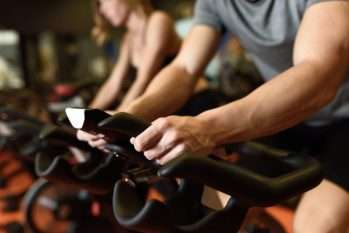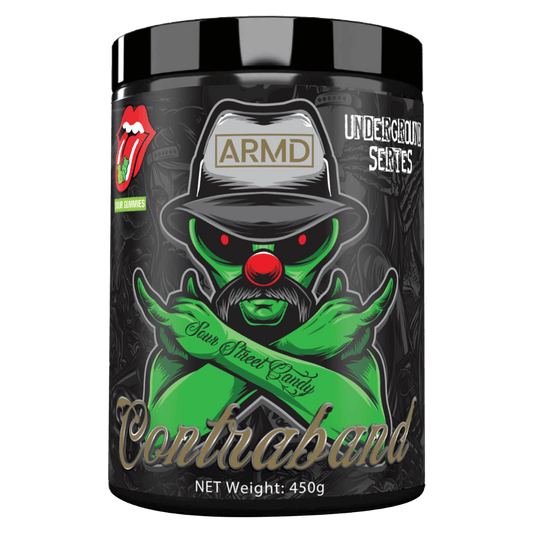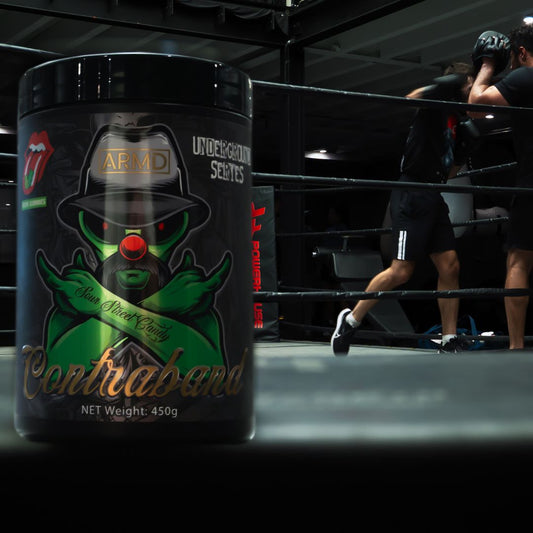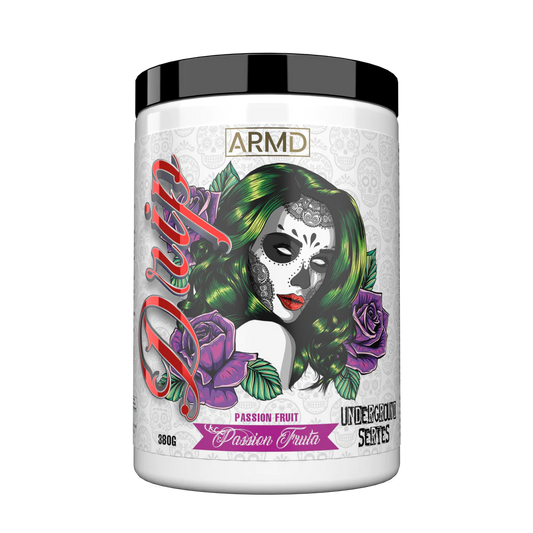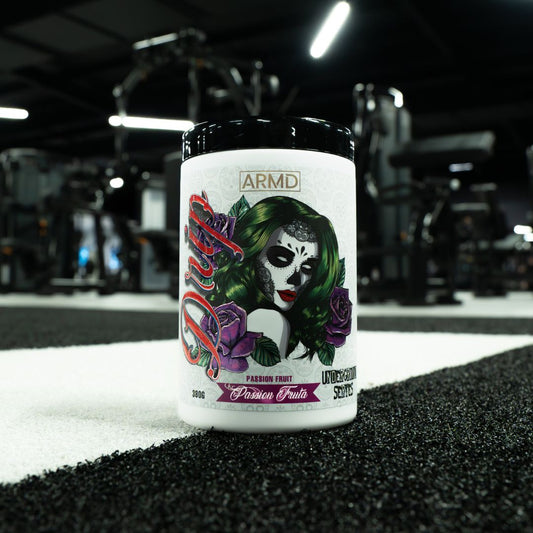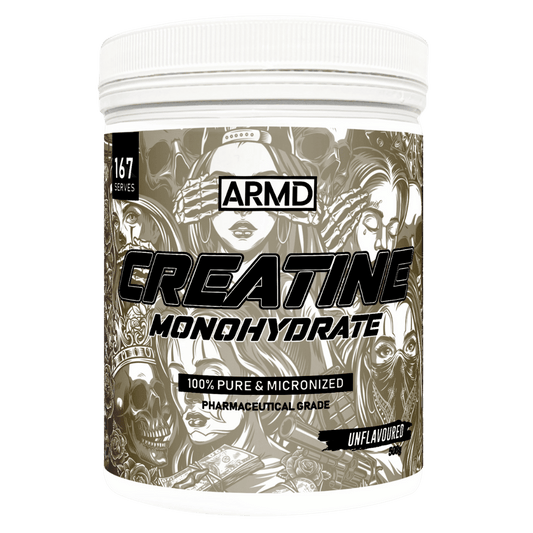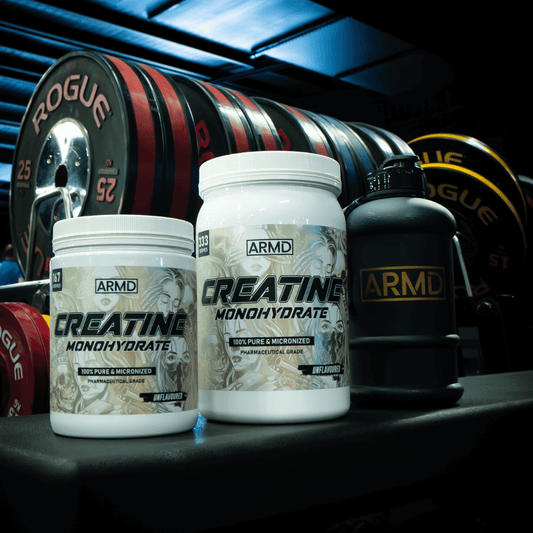Whether you’re a novice and just finding your feet in the gym or a seasoned lifter with countless years of training under your belt, you’ve probably come across the terms
bulking and
cutting before. Bulking refers to a period where you consume more calories than you normally would in an effort to put on more size, and ultimately, strength. Conversely, cutting is the process by which you eat less calories in an effort to reduce your body fat and achieve a leaner and more ‘ripped’ physique.
If the memes are anything to go by, bulking is for winter and cutting is for summer. However, the question still remains, can you do both at the same time? It’s a polarising question, with opinions being split almost as evenly as whether or not pineapple should in fact be allowed to go on pizza. As
a leading provider in supplements, fitness
accessories and
gym apparel, we’re happy to weigh in and share our knowledge on the matter with you. Read on to find out more.
What is body recomposition?
Simply put, body composition refers to the ratio of muscle to fat you carry in your body. Body recomposition, then, is the process by which you improve that ratio by increasing the amount of muscle mass you have relative to body fat or decreasing your body fat with minimal loss of muscle.
The good news
Body recomposition
IS possible in four scenarios:
1. Beginners
As a beginner, you have unique access to ‘newbie gains’. When you haven’t engaged in a structured resistance training program before, your body is naturally primed for growth. According to author of The Protein Book and renowned fitness researcher,
Lyle McDonald, you are able to put on an average of 9-11 kilograms (20-25 pounds) of muscle in your first year of training. Your potential rate of muscle gain does, however, taper off as the years go by. Similarly,
Alan Aragon, suggests that the rate of muscle gain for natural lifters who have just begun training exceeds those of more advanced weight trainers. The following is a table representing his findings:
| Category |
Rate of Muscle Gain |
| Beginner |
1-1.5% total body weight per month |
| Intermediate |
0.5-1% total body weight per month |
| Advanced |
0.25-0.5% total body weight per month |
·
How to do it
Your training regimen should be geared towards getting progressively stronger. This is not enough though and should be supported by the right nutrition. If you’re already lean then entering a moderate caloric deficit of about 10% of your maintenance calories which will help reduce body fat. On the other hand, maintaining a relatively high protein diet is equally important to support muscle repair, recovery and growth. A high protein diet sits at roughly 1g of protein per 0.45kg of your body weight. If that seems like a lot of protein to consume, it is always worth considering
supplementation to help you reach the caloric intake amounts.
Powerhouse has an extensive range that caters to both women and men with varying fitness goals.
2.
De-trained lifters
If you have skipped the weights for several weeks or months, whether due to injury or simply taking a break, this could provide a unique opportunity for you to achieve notable body recomposition. According to an article published by Bruusgaard JC, Johansen IB, Egner IM, Rana ZA, and Gundersen K, myonuclei are responsible for muscle memory as well as for facilitating this phenomenon. It allows you to enhance protein synthesis quickly when you return to training after a prolonged absence. This is because myonuclei are retained even during your period of inactivity.
3. The overweight/obese
This highlights the importance of the starting point in your journey to reaching your body recomposition goals. Working towards body recomposition from a point where you are obese or otherwise overweight can help the process because it allows you to enter and train in a calorific deficit (calorie intake below your maintenance amount) and still achieve muscle growth. How is this possible? Your diet should be high in protein but low in overall calories as the excess fat will be enough to provide the energy needed to facilitate muscle building.
4. Steroid users
Steroids are a heavily contentious subject in the fitness world so we won’t delve into it too much, and note we are not condoning its use or reprimanding those that do. However, we are committed to providing uncensored and truthful information, and as far as body recomposition is concerned they are an effective means of achieving it. We breakdown the effects of steroid use here. As outlined by Kadi F, Eriksson A, Holmner S and Thornell LE, the intake of anabolic steroids alongside a structured strength-training program can induce an increase in muscle size by both hypertrophy and the formation of new muscle fibers.
Lyle McDonald, similarly, notes that “steroids allow people to train more, at a higher intensity, more frequently and grow, gain strength and recover significantly…” Furthermore, the use of anabolic steroids and
fat burners with a structured training regime will produce notable results and allow users to maintain less strict diets along the path to recomposition.
The not so good news
It’s comforting to know that body recomposition is in fact possible but what if you are experienced with years of resistance training behind you?
·
How to do it
There are two distinct ways for the experienced lifter to achieve body recomposition, both will require patience and precision.
John Romaniello, said it best when he said, “Every successful diet uses some sort of cycling.”
To some, the way you achieve body recomposition is to cycle your calories according to how you train and when you take rest days. In other words, on training days you will consume more calories to help your body get the energy it needs to perform your workouts and the energy it needs to recover. Conversely you will consume less calories on days you don’t train as not only will excess calories end up being stored they also won’t be needed as you won’t be engaging in strenuous exercise. Romaniello also adds that this process of cycling will allow you optimise your hormones and even live longer, according to a study conducted researchers at Louisiana State University in 2005.
A key factor in calculating your calorie intakes will be to know how to calculate your maintenance calories and more importantly, your macros.
A quick and easy way to find out your maintenance calories is to use the
MyFitnessPal app.
Once you’ve discovered what the amount is you simply need to increase that amount by 15% on days that you train and decrease that amount on days that you rest.
The verdict
In an ideal world we’d be able to pack on muscle and stay lean effortlessly but it’s just not to be. The best approach therefore seems to be to implement periodic cycles of bulking and cutting until you reach a physique you are content with maintaining.
These cycles can be according to when you train or rest split into longer cycles of, yes you guessed it,
bulking and
cutting.
Which way are you going to go?
Supplementation
For supplements that help you enter a caloric surplus browse our range of
mass gainers. If you’ve entered your cutting phase and need to boost your metabolism to ensure a calorific deficit, you might want to check out our selection of
fat burners and metabolisers.
References:
Lyle McDonald,
https://www.bodyrecomposition.com/muscle-gain/whats-my-genetic-muscular-potential.html/
Bruusgaard JC, Johansen IB, Egner IM, Rana ZA, & Gundersen K (2010). Myonuclei acquired by overload exercise precede hypertrophy and are not lost on detraining.
Proceedings of the National Academy of Sciences of the United States of America PMID:
20713720
Kadi F,
Eriksson A,
Holmner S,
Thornell LE. Effects of anabolic steroids on the muscle cells of strength-trained athletes.
Med Sci Sports Exerc. 1999 Nov;31(11):1528-34.
Powerhouse and its dedicated staff live, breathe and love fitness. We sample everything we sell because we have a passion for what we do. For a comprehensive range of supplements, clothing and accessories at the most competitive prices,
get in touch today. Similarly, if you simply want fitness-related advice and guidance we’d love to hear from you and assist.
